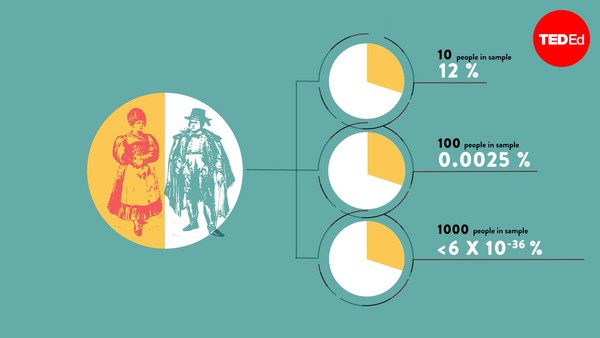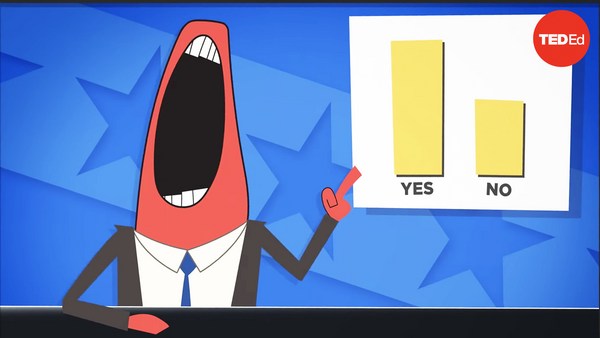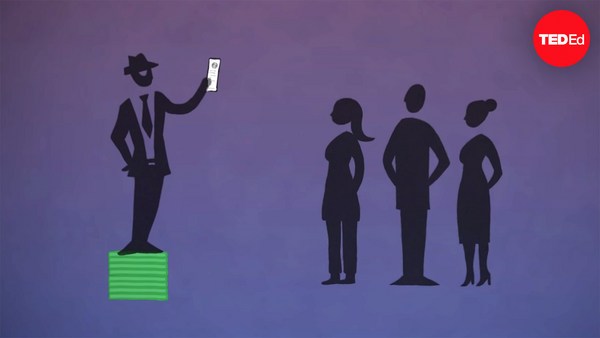In the late 1700s, a German doctor named Samuel Hahnemann began publishing articles about a new treatment approach he called homeopathy. Hahnemann’s theory had two central hypotheses. First, the treatment for an ailment should be a dose of something that might cause that ailment. And second, diluted medicines are more powerful than concentrated ones. So, a homeopathic remedy for insomnia might include an extremely diluted solution of caffeine. Over the following 300 years, numerous physicians and patients turned to homeopathy, and entire hospitals were built to focus on homeopathic treatments. But despite all this, many studies have shown that homeopathy has no therapeutic effect, and homeopathic treatments often perform no better than placebos. So why do so many practitioners and institutions still support this practice?
The answer is that homeopathy is a pseudoscience— a collection of theories, methods, and assumptions that appear scientific, but aren’t. In the worst cases, pseudoscience practitioners encourage this confusion to exploit people. But even when they’re well-intentioned, pseudoscience still prevents people from getting the help they need.
So how are you supposed to tell what’s science and what’s pseudoscience? This question is known as the demarcation problem, and there's no easy answer. Part of the issue is that defining science is surprisingly tricky. There's a common idea that all science should, in some form or another, be related to testing against empirical evidence. But some scientific activities are primarily theoretical, and different disciplines approach empiricism with varying goals, methodologies, and standards.
20th century philosopher Karl Popper tried to solve the demarcation problem with a simple rule. He argued that in order for a theory to be scientific it must be falsifiable, or able to be proven wrong. This requires a theory to make specific predictions— for example, if you’re theorizing that the Earth revolves around the Sun, you should be able to predict the path of other celestial bodies in the night sky. This could then be disproven based on whether or not your prediction corresponds to your observations. Popper’s falsification criterion is a great way to identify pseudoscientific fields like astrology, which makes overly broad predictions that adapt to any observation. However, falsification alone doesn't completely solve the demarcation issue. Many things we now consider science were once untestable due to a lack of knowledge or technology.
Fortunately, there are other factors we can use to identify pseudoscience, including how a field responds to criticism. Scientists should always be open to the possibility that new observations could change what they previously thought, and thoroughly disproven theories should be rejected in favor of new explanations. Conversely, pseudoscientific theories are often continually modified to explain away any contradictory results. This kind of behavior shows a resistance to what philosopher Helen Longino calls transformative criticism. Pseudoscientific fields don't seek to address their internal biases or meaningfully engage in transparent peer review.
Another key marker of science is overall consistency. Science relies on a network of shared information that ongoing research develops across disciplines. But pseudoscience often ignores or denies this shared pool of data. For example, creationists claim that animals didn’t evolve from a common ancestor, and that Earth is less than 20,000 years old. But these claims contradict huge amounts of evidence across multiple scientific disciplines, including geology, paleontology, and biology.
While the scientific method is our most reliable tool to analyze empirical evidence from the world around us, it certainly doesn't reveal everything about the human condition. Faith-based beliefs can play an important role in our lives and cultural traditions. But the reason it’s so important to draw a line is that people often dress up belief systems as science in efforts to manipulate others or undermine legitimate scientific discoveries. And even in cases where this might seem harmless, legitimizing pseudoscience can impede genuine scientific progress. In a world where it's increasingly difficult to tell fact from fiction, it's essential to keep your critical thinking skills sharp.
So the next time you hear an amazing new claim, ask yourself: could we test this? Are the individuals behind this theory updating their claims with new findings? Is this consistent with our broader scientific understanding of the world? Because looking scientific and actually being scientific are two very different things.


